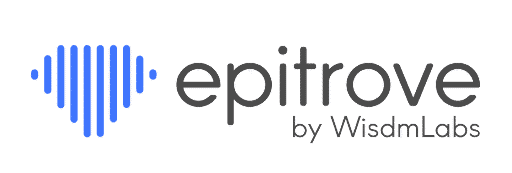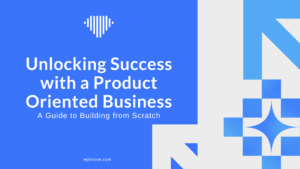Have you ever wondered what it takes to build a successful business from scratch in today’s competitive market? The answer might lie in a product oriented business approach, a strategy that’s gaining traction for its focus on innovation and quality.
But what exactly is a product oriented business? Simply put, it revolves around creating outstanding products that define the market, rather than merely responding to existing demands.
In this blog, we’ll dive deep into the world of product oriented businesses. You’ll learn the essentials of building your business with a product-first mindset, understand the unique advantages this approach offers, and discover how to overcome the challenges it presents.
For those keen on further exploration, resources like Process Street’s insightful article on product oriented businesses and Spiralclick’s comprehensive look at the advantages of this approach offer valuable additional information.
Stay tuned as we embark on this enlightening exploration, where simplicity meets innovation in the realm of product oriented business strategies.
Get ready to transform your entrepreneurial dreams into reality by mastering the art of product-centric business building!
Definition and Characteristics of a Product Oriented Business
A product oriented business focuses primarily on the design, development, and continual improvement of its products. This approach places high importance on creating innovative and high-quality products that meet or exceed customer needs and expectations, with the primary goal being product excellence rather than adapting to customer preferences.
Key elements of a product oriented business include a product-centric culture where development and improvement are central, significant investments in research and development (R&D) to enhance product features and quality, and limited reliance on customer feedback in driving product development. However, this focus on the product can also lead to risks, such as missing changing market trends or customer preferences.
Read more at: What Is Product Orientation? Product Orientation In A Nutshell
Focus on R&D and Expansion through New Product Lines
R&D is crucial for a product oriented business as it involves market and customer needs research, as well as developing or improving products and services to better fit those requirements. R&D activities can include designing and developing new products, enhancing existing products, and developing better technologies for manufacturing and production.
It’s a vital tool for growth and improvement, leading to innovation, increased productivity, and competitive advantage. However, R&D in business often comes with challenges, such as reducing development times, planning for the future, and building a culture of innovation.
Read more at: What is R&D in Business – Research And Development
Starting a Business from Scratch: A Product Oriented Perspective
Starting a business from scratch, especially with a product oriented business approach, involves several critical steps. Let’s break them down in simple terms:
Finding a Need: The first step in a product oriented business is to identify a market need. This involves researching and understanding what products or services are currently missing in the market, or how existing products can be improved.
Validating Your Idea: It’s crucial to ensure that your business idea has a place in the market. This involves conducting thorough research, talking to potential customers, and using tools like Google Trends or Keyword Planner to gauge interest and trends in your niche.
Identifying Your Target Market: Knowing who your customers are is essential. Understand their needs, preferences, and buying behaviors. This step is about defining who will benefit most from your product and why.
Building Your Audience: Start creating a community around your business idea. Engage with potential customers through social media, blogs, and other platforms where your audience spends time. Building an audience helps in validating your idea further and provides a ready market once you launch.
Launching a Minimum Viable Product (MVP): Before fully developing your product, introduce an MVP to get feedback. This version should have enough features to satisfy early customers and provide insights for future development.
Creating a Business Plan: A detailed business plan is vital for outlining your business strategy, goals, and how you plan to achieve them. This plan should include financial projections, marketing strategies, and operational details.
Securing Your Business and Brand: Protect your business legally and intellectually. This includes registering your business, getting the necessary licenses, and protecting your intellectual property.
Marketing Your Products: Develop and implement a marketing strategy that resonates with your target market. Utilize both online and offline channels to reach your audience effectively.
Selling Like a Boss: Focus on sales strategies that work best for your product and market. Understand the sales cycle of your industry and be proactive in adapting your sales techniques.
Scaling Efficiently: As your business grows, focus on scaling your operations without compromising on product quality or customer satisfaction. This might involve expanding your product line, entering new markets, or scaling up your production.
Each of these steps is crucial in building a successful product oriented business. For more detailed guidance, visit Foundr’s comprehensive guide on starting a business from scratch and explore Oberlo’s insights on idea validation.
Conclusion
The effectiveness of a product-oriented business approach depends significantly on the industry and market context. While it can lead to innovation and high-quality products, businesses must balance this with customer feedback and market trends to ensure success. The approach is effective in some industries, especially where product innovation and quality are paramount.
However, it’s crucial to be mindful of the potential risks and ensure a balanced strategy that incorporates both product and market considerations.
Read: Product Orientation Advantages and Disadvantages
Businesses considering a product-oriented approach should weigh these pros and cons carefully to make informed decisions that align with their unique market conditions and business goals.
Not sure which tools are best for your business, we can help.
Also Read:




